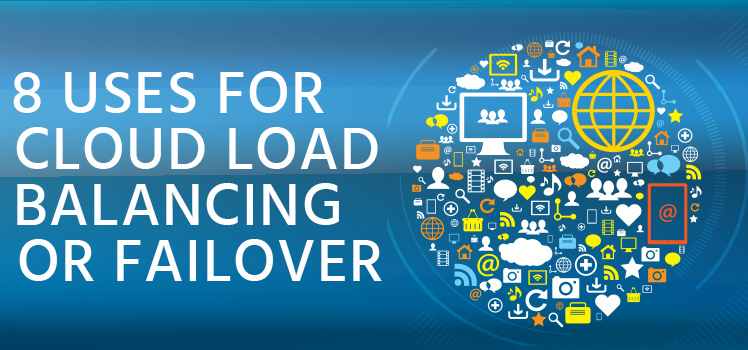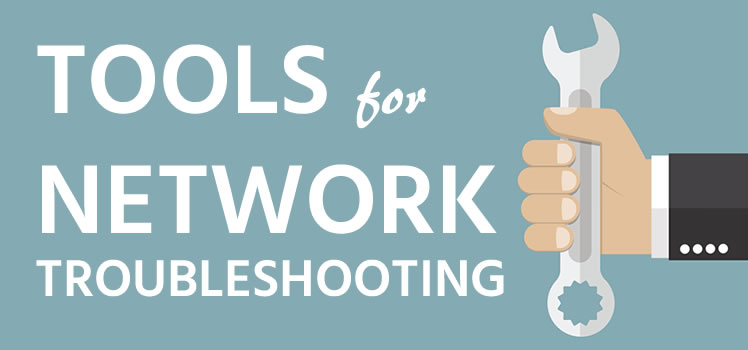Is the TCP/IP Protocol on the way out?
“I am looking for implementations of TCP/IP for UNIX systems, including an interface for an IMP.” That was the start of the TCP/IP Digest on the ARPANET UNIX-Wizards mailing list on October 2, 1981. Mike Muuss was the researcher who got the conversation started. And look how far we have come since then.
The Birth of the Internet
When did the internet begin? Actually it was a long process. Several dates are given for the birth of the internet, but one that stands out is January 1, 1983. That’s the date that ARPANET officially adopted TCP/IP as its standard protocol suite. Engineers performed a cutover from network control protocol (NCP), and the rest is history.
We can’t ignore the influence of Mike Muuss on the process. “I happen to feel that TCP and IP are good protocols, and certainly much better than what we are using now,” he wrote in the Digest. Not only did he push TCP/IP, he also created one of the most useful network tools in existence: ping. Muuss wrote ping in December 1983 to troubleshoot the IP network. It uses ICMP packets to check on the status of a remote host.
The Language of the Internet
Techopedia calls TCP/IP “the language a computer uses to access the Internet”. It has its own architecture, and multi-layered model analogous to the OSI Model. We usually think of TCP/IP as residing on Layers 3 and 4, but the protocol architecture is much more extensive. Here are the four layers of the TCP/IP Model, with their OSI Model counterparts:
- Layer 4: Application Layer – Application, Presentation, and Session Layers of OSI Model
- Layer 3: Transport Layer – Transport Layer of OSI Model
- Layer 2: Internet Layer – Network Layer of OSI Model
- Layer 1: Network Interface Layer – Datalink and Physical Layers of OSI Model
So how does your computer talk to the internet? It starts with your physical address, called the MAC address. This is associated with the network adaptor on your computer rather than the whole computer itself. When a MAC address is associated with a valid internet IP address, that’s when connectivity begins.
The complexities of TCP/IP are too much to explain here. There are plenty of resources online for a fuller explanation of TCP/IP, including The TCP/IP Guide. Suffice it to say that without TCP/IP, there would be no internet as we know it.
Troubleshooting TCP/IP
There are some basic tools that every network professional should know. Roman Rafacz has summarized them for us in an article for PluralSight:
- Ping
- Tracert
- ARP
- Netstat
- Nbtstat
- NSLookup
- IPConfig
Those are for Windows-based systems. Cisco provides an extensive guide to Troubleshooting TCP/IP on Cisco products. Every platform will have its differences, but the principles are the same. Is the connection up? Is it passing traffic? Is the problem at Layer 3, or is it with a higher or lower layer? Are there problems with specific network components or protocols?
Using Cisco’s problem-solving method can help no matter what the platform. Here is a summary from Warren Heaton on TechRepublic:
- Define the problem.
- Gather detailed information.
- Consider probable cause for the failure.
- Devise a plan to solve the problem.
- Implement the plan.
- Observe the results of the implementation.
- Repeat the process if the plan does not resolve the problem.
- Document the changes made to solve the problem.
TCP/IP has been around for a long time, and it’s not going away soon. Some believe that it’s on its way out. But replacing TCP/IP will take a lot of doing. What’s more likely is that it will continue to adapt, as it has for decades.
TCP/IP and the Cloud
It’s pretty clear that TCP/IP is an integral part of any existing IT infrastructure. That clearly includes the cloud. The internet protocol links network components across any number of technologies. Routing protocols direct internet traffic. TCP ensures transmission reliability. TCP/IP is used both internally in the cloud as well within the supporting network infrastructure that may be transparent to the cloud environment.
Maintaining those connections is a complicated endeavor. To ensure uptime of any cloud application, specific measures are taken to provide redundancy and automatic failover. Monitoring of connections and services is increasingly done with autonomous systems. The cloud is making it easier for businesses to focus on their core competency.
The internet is becoming a common utility – like services provided by your electricity provider or water company. Implementations of cloud computing – SaaS, PaaS, and IaaS – are highly dependent on TCP/IP. But the internet and its basic technologies may become so common that we might just forget they are there.
Conclusion
The ubiquity of the internet is a direct result of the success of TCP/IP. It has proven to be more than capable for the connections that we have envisioned and implemented over the last 30 years. Mike Muuss was right: TCP and IP are pretty good protocols. What a pity that his life was cut short by a tragic motorcycle accident in 2000. He would be happy to know that the conversation he started many years ago is still ongoing, and will be for some time to come.
 What is an Application Delivery Network?
What is an Application Delivery Network?  Global Server Load Balancing (GSLB)
Global Server Load Balancing (GSLB)  Measuring Failure
Measuring Failure 


